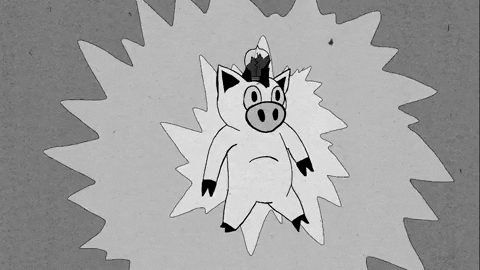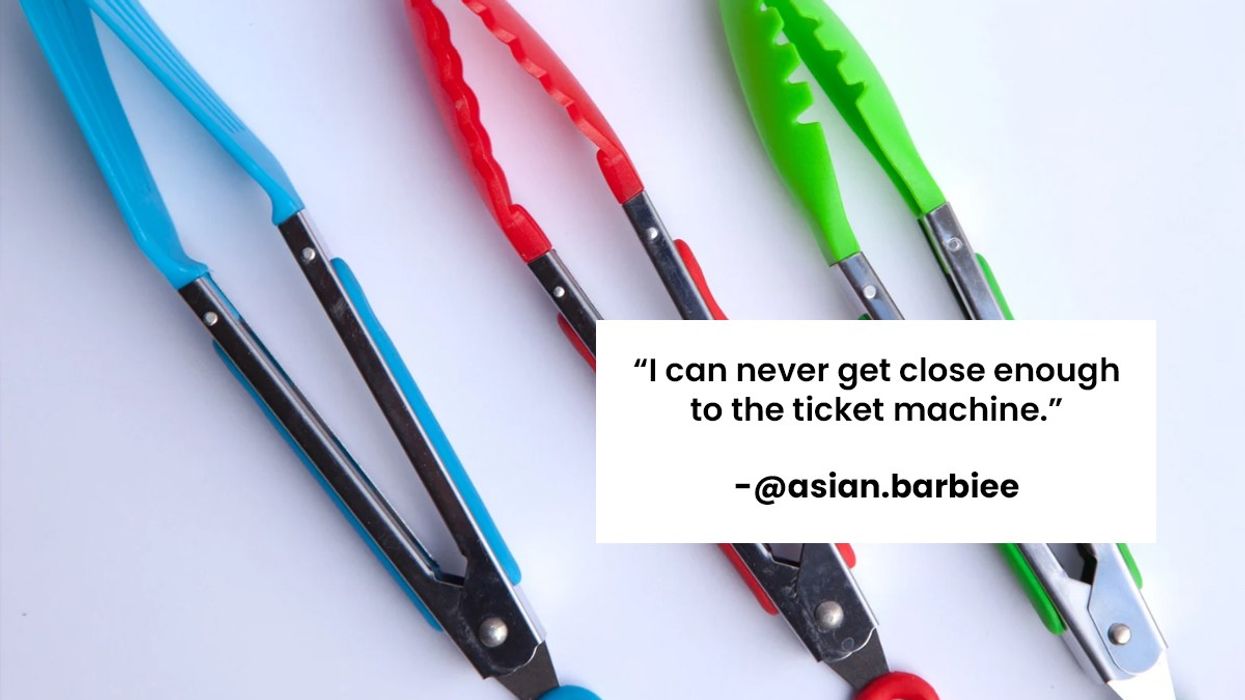When did everything become so urgent? Nowadays, productivity and performance optimization often seem more important than anything else, prioritized above spending time with family or taking a long walk simply because you want to. Instead, our calendars, timers, and smartwatches remind us of the relentless passage of time: the clock is ticking. Better get to work.
Days should be structured and planned, weeks should be organized, and mornings should always set you up for success. So, in an era filled with endless to-do lists, overflowing inboxes, and constant distractions, many of us struggle to get through the day. "Why can't I concentrate?" or "I used to love reading, but now I lack patience. What happened?" have become familiar questions. But deep down, we know the answer: we're tired.
Could the tips, tricks, and hacks we've used to optimize our schedules actually be harming us?
Revolutionize the way you work
Welcome to the Ivy Lee Method, a deceptively simple productivity hack that will forever transform your approach to daily tasks. Does it sound too good to be true? Well, this technique has been helping frazzled minds for over a century, so there must be something to it.

The Ivy Lee Method dates back to the early 1900s when Charles M. Schwab hired Ivy Ledbetter Lee, a prominent PR professional. Schwab was a significant figure and a particularly astute entrepreneur who would later be regarded as "one of the most important business leaders in American history." (Although he has no relation to Charles R. Schwab, the founder and chairman of the financial services company, the Charles Schwab Corporation.) However, his team wasn't as organized as needed, prompting him to arrange a meeting with Lee to gain insights on enhancing productivity in his management reports. As the legend goes, Lee was so confident that his methods would work that he refused to charge Schwab immediately for his services. Instead, he demanded, "Give me 15 minutes with each of your executives."
"How much will it cost me?" Schwab replied.
"Nothing," said Lee. "Unless it works. After three months, you can send me a check for whatever you feel it's worth to you."
What was this failproof approach? He simply instructed Schwab's employees to write down their six most important tasks for the next day each evening before they finished work. The next day, they would start with the first task on the list and continue until they completed it, moving on to the next. And sure enough, Schwab sent Lee a hefty check three months later. His method had worked.
The Ivy Lee Method
It's a to-do list with training wheels. You can only list six items, and you're not allowed to add anything to the list until something is crossed off.

Here are the steps:
- At the end of each day, write down the six most important tasks you must accomplish tomorrow. Do not write any more than six tasks—that is essential. Be ruthless in your selection. What do you really need to get done?
- Prioritize those six items in order of their importance.
- Upon the next day, concentrate only on the first task. Do not think about task #2 until you finish this first one.
- Work your way through the list in a similar fashion. Once you're done with the second, move on to the third. From the third to the fourth, and so on. It's OK not to finish everything! At the end of the day, revisit the list. Move any unfinished items to a new list of six tasks for the following day and add any new essential tasks.
- Repeat this process daily.
Why does it work?
At face value, The Ivy Lee method matches an old Geico tagline: "So easy, a caveman could do it." But then, why did Charles M. Schwab see such a remarked change in his employees? What makes the Ivy Lee Method so effective?
- Distractions are cut down, allowing you to focus on a single task. Concentrating on one task at a time can enhance efficiency and reduce errors, which aligns with how the brain works best. As opposed to multitasking, James Clear, the author of "Atomic Habits: An Easy and Proven Way to Build Good Habits and Break Bad Ones," describes, "Modern society loves multitasking. The myth of multitasking is that being busy is synonymous with being better. The exact opposite is true."
- A clearer understanding of your goals. How often do you realistically sit down, consider what's most important, and do it in that sequence? With so many distractions and things to do, it's easy to get caught in a cycle of busyness, like a rabbit chasing a dangling carrot. Instead, limiting your daily tasks to just six and ranking them by importance ensures that you focus on the activities that matter most.
- No more decision fatigue. Our brains can't make unlimited decisions. Eventually, decision fatigue creeps in. It's a state of mental exhaustion that occurs when the brain becomes overworked from making many decisions over time, leading to poorer choices, avoiding making decisions, and relying on mental shortcuts and biases. With the Ivy Lee Method, pre-planning your tasks the day before eliminates the need for daily decision-making, so you can focus on the ones that matter.
- You're actually achieving tasks. That feeling of checking something off your to-do list feels so good, and with the Ivy Lee Method, you can do so more often. With this technique, you'll quickly cultivate a winning, can-do attitude that will propel you even further on your journey.
- Sustainability. The method's simplicity and hard limit of six tasks make it easy to incorporate into everyday life and, more importantly, maintain, even in complex workflows.
Of course, there will be a few speedbumps here and there, as there always are with a change in routine, but with practice, you'll be mastering the Ivy Lee Method before long. It may seem deceptively simple, but its effectiveness is profound and enduring. By embracing focused prioritization, you boost your productivity and reclaim your time to invest in what you enjoy. So, why not give the Ivy Lee Method a try? It may be the key to transforming your daily routine and enhancing your journey toward a more organized and fulfilling life.



















 It's a good question, and the answer is even better. TikTok | @asian.barbiee
It's a good question, and the answer is even better. TikTok | @asian.barbiee
 What makes a life meaningful?
Photo by
What makes a life meaningful?
Photo by  New journaling prompt unlocked
New journaling prompt unlocked
 It's just like Tracy Turnblad said!
It's just like Tracy Turnblad said!  '60s-era style is eclectic, fun, and bright
'60s-era style is eclectic, fun, and bright Vibrant colors are the key
Vibrant colors are the key A masterclass in shelving
A masterclass in shelving Wood and warm colors make this room so much cozier
Wood and warm colors make this room so much cozier  Proof that curtains can change the energy of a room
Proof that curtains can change the energy of a room Wooden furniture and eclectic shelving can do so much for a room
Wooden furniture and eclectic shelving can do so much for a room  And don't forget that textured rug...
And don't forget that textured rug...
 A moment of tragic physical address saved Noal's life.TikTok |
A moment of tragic physical address saved Noal's life.TikTok |